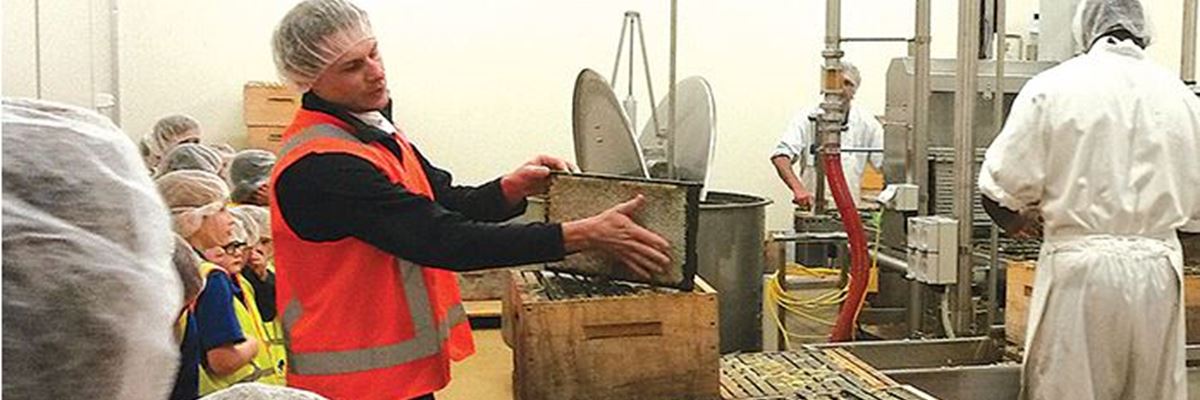Getting a taste of honey
01 May 2017
We are closed for ANZAC Day on Thursday, April 25th (NZT). Please note that we will not respond to new enquiries until the 29th of April (NZT). We appreciate your patience.
Research & Development
From the company’s beginning, one of its main priorities has been a focus on research to help secure the futures of both the company and their farmer clientele.
Work for us
Enquire about joining the Midlands Team.
01 May 2017

Every student at Fairton School had a taste of the honey business this week.
The 30 students visited Midlands Apiaries as part of a learning unit, where they are following food from the paddock to their plates.
Teacher Andrea Small said the study involved visits to farms and factories so the children could see what happened to the food they ate.
At Midlands, they tasted the honey and saw how it was removed from the hive and processed.
The occasional bee caused a few anxious moments, but they also had a chance to view a live hive from behind a glass wall.
Midlands has about 6500 hives, each with 70,000 bees, and produces about 1700 tonnes of honey a year, most of it exported to honey-lovers around the world.
Production is expected to increase when the company moves into bigger packaging premises in April.
Midlands has hives for both honey and pollination.
Head beekeeper Bob Dargue, in charge of 17 beekeepers for the company, said bees were still the most efficient crop pollinators, despite trials of flies and bumblebees.
He walked the Fairton students through life in the hive, where the female worker bees did all the work while the drones sat around eating.
He said the hives were manipulated much like sheep, with worker bees bred from good queens.
Hives were treated regularly for the varroa mite, a blood-sucking pest that led to deformities in young bees.
Inside Midlands’ factory, the honey is extracted from the frames, processed and sold as manuka, clover or wildflower honey.
Sales and marketing manager Joseph Ong said Midlands was the third-largest honey producer in the country and regularly hosted visitors to raise awareness of the industry.
People of all ages were always genuinely interested in the inner workings of a hive and how their honey was made, he said.
– By Linda Clarke
Ashburton Guardian